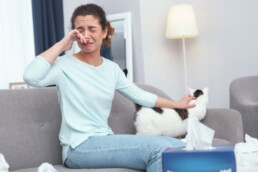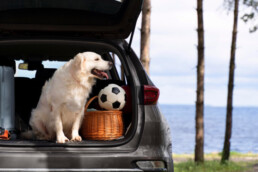Senior cat’s requirements
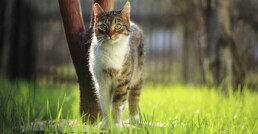
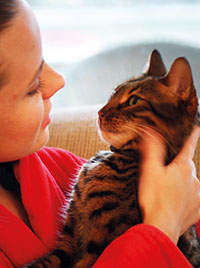
His needs
The aging process involves physiological changes and some of them are evident, such as the whitening of the coat and the progressive loss of sight and hearing. However, some changes are less evident and are related to alterations in the physiology of the gastro intestinal tract, immune system, kidneys and other organs. In relation to metabolism, cats aged between 7 and 11 years should be considered “mature” or middle-aged, while those aged 12 and over are considered “senile” or geriatric subjects. As a general rule, therefore, cats over the age of 7 must be considered at risk of health problems related to age, since at this stage more frequently age-related diseases have been observed.Therefore, periodic check-ups should be considered as a preventive measure, allowing you to identify cat’s disease in its early stages . An important part of preventing and reducing the risk of certain conditions is carried out by a proper diet.
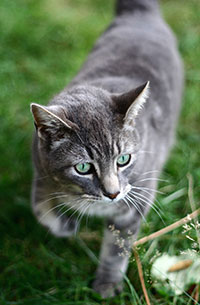
Requirement evolution over time
Among the aging effects concerning the nutritional needs, first of all should be considered the requirement of energy of the animal for his survival under normal conditions. This calorie request decreases with age in mature subjects (7-11 years old), as in many species. The demand is determined by lean body mass, which includes primarily the skeletal muscles, then skin and finally the organs. With the aging process there is a reduction of the lean body mass in favor of the fatty one and a reduced physical activity: both factors tend to decrease the energy needs at this stage of life in cats. If the intake of energy through the food does not decrease proportionately, the cat could become overweight.
However, starting from senile period (from 11 years onwards) the energy demand rises again, with a peak at the age of 13. Many senior cats may ideed appear underweight. The phenomenon is connected to a raising of the calorie requirement and a reduced digestive efficiency. A compromised ability to digest fats and proteins can then further contribute to a loss of body weight in geriatric cats. These cats then benefit from energy dense and highly digestible foods.
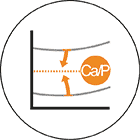
Protein needs
Protein is a very important nutrient for cats as they get older, although often erroneously protein restriction is recommended for senior cats believing that this could prevent the onset of kidney diseases and maintain functionality over time. However studies have shown that this is not necessary in healthy subjects , although they are old. On the other hand, protein supply must be sufficient to support the protein turn-over, which increases in elderly subjects due to a greater degradation of organic proteins . When the proportion of proteins taken with food is not sufficient to meet the protein synthesis of the body, cats gradually lose muscle mass and even if they appear healthy, they have a reduced ability to respond to environmental problems, such as infections and toxic substances. Therefore, food for senior cats must have a high ratio of protein and calories to meet their needs.
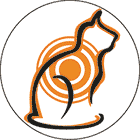
The process of oxidative aging
Oxidative damage play an important role in many pathological conditions and consequently the lack of nutrients having an antioxidant action can have deleterious effects on the functionality of antioxidant and immune defense and also on the markers of health. Oxidative damages are progressive and insidious and for this reason the related diseases develop slowly over the years. Therefore for senior cats it is advantageous to receive antioxidant supplementation beyond the minimum requirements. Preventive actions carried out by a significant antioxidant strengthening has been proven to improve the quality and expectancy of life, contrasting specific degenerative diseases such as cognitive dysfunction that occurs with age and has many similarities with Alzheimer’s disease in humans.
Share
Related posts
The ultimate frontier of cat allergy
There are many people who suffer from allergies caused by the…
Holiday with 4-leggend friends
What measures should you take to plan a top holiday with your…
